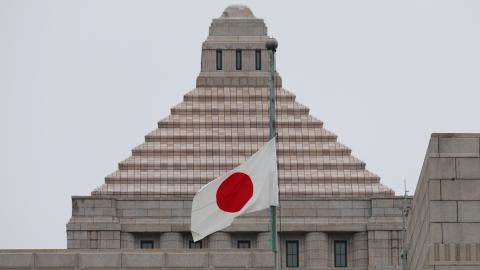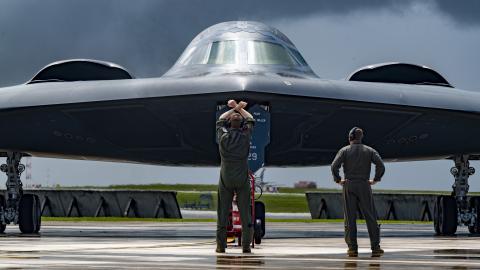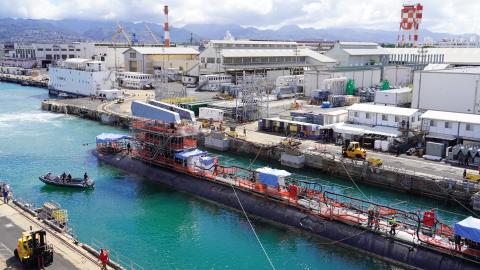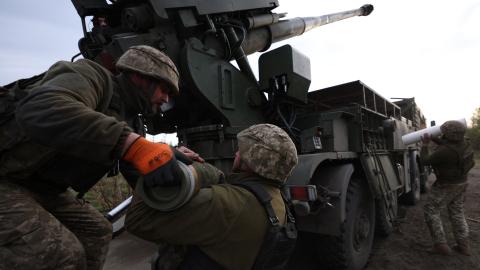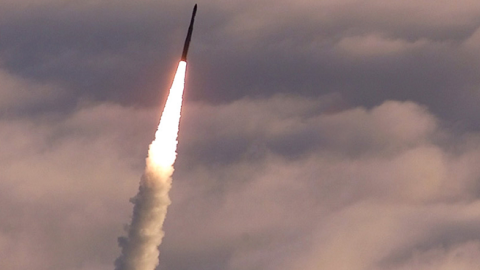One of the first tasks the new Congress will need to consider is how to strengthen the U.S. National Missile Defense program. No congressional responsibility is more important than protecting the American people against nuclear threats from North Korea and other U.S. adversaries.
Congress can have an early impact by highlighting the issue during the Senate confirmation hearings for Former Deputy Secretary Ashton Carter. He is a renowned ballistic missile defense expert who, in his response to Senate questions, can help dispel some misconceptions about how next to proceed on this critical issue. The House can augment this process thorough its joint work with the Senate on the Fiscal Year 2016 defense authorization and appropriations bills.
Some Congressional critics, pointing to technological flaws in current defense systems, advocate suspending building national missile defense systems further until the underlying technology improves. In particular, they propose waiting for what could take more than five years to design, develop, and deploy a next-generation exoatmospheric kill vehicle — the critical part of the missile interceptor that destroys enemy missiles in space — to protect the U.S. homeland.
However, suspending construction of any of our missile defense systems is a risky venture; an unexpected North Korean or Iranian missile threat to the U.S. homeland could emerge before the new technology is ready. And there is no guarantee that future systems will be more effective than currently available versions. Therefore, the most prudent budget and security strategy for the Pentagon and Congress is to work on improving the existing interceptors while developing and testing new ballistic missile technologies.
Missile defense relies on a variety of platforms, providing multiple opportunities to defeat limited missile attacks. This mixture of sensors and interceptors is an underappreciated strength of our national missile defense shield, as no single system is capable of engaging ballistic missiles of all ranges and through all phases of their flight. Moreover, if one part of the system fails to work properly, an incoming missile may still be destroyed by other components.
In particular, the Ground-Based Midcourse Defense is a critical component of the architecture, as it targets a long-range ballistic missile when it is flying outside the atmosphere. This midcourse phase lasts much longer than the short time the missile needs to ascend into space or to later release its warheads into the atmosphere during their terminal phase.
A crucial feature of midcourse missile defense is that the defender, if supported by adequate sensors and shooters, has time to concentrate on destroying the incoming missile and to exploit multiple shooting opportunities against its warheads, helping compensate with the inescapable complexities of target identification and inevitable intercept failures.
Currently, the United States has 26 Ground-Based Interceptors at Fort Greely in Alaska and four at Vandenberg Air Force Base in California. This GMD system is designed to shoot down incoming long-range ballistic missiles, such as those from North Korea or Iran, which lack the sophisticated countermeasures available to Russia, China, or the United States.
At Congressional urging, the Pentagon is adding 14 more interceptors by the end of 2017. Engineers have identified hardware and software fixes for the flaws exposed by recent tests, shortcomings the system has had to overcome because it was fielded so quickly. Having more interceptors would further improve the system’s overall reliability.


